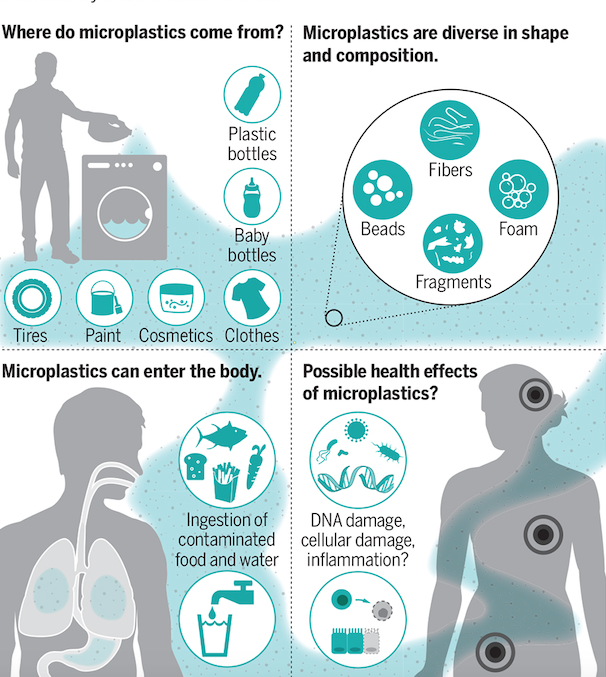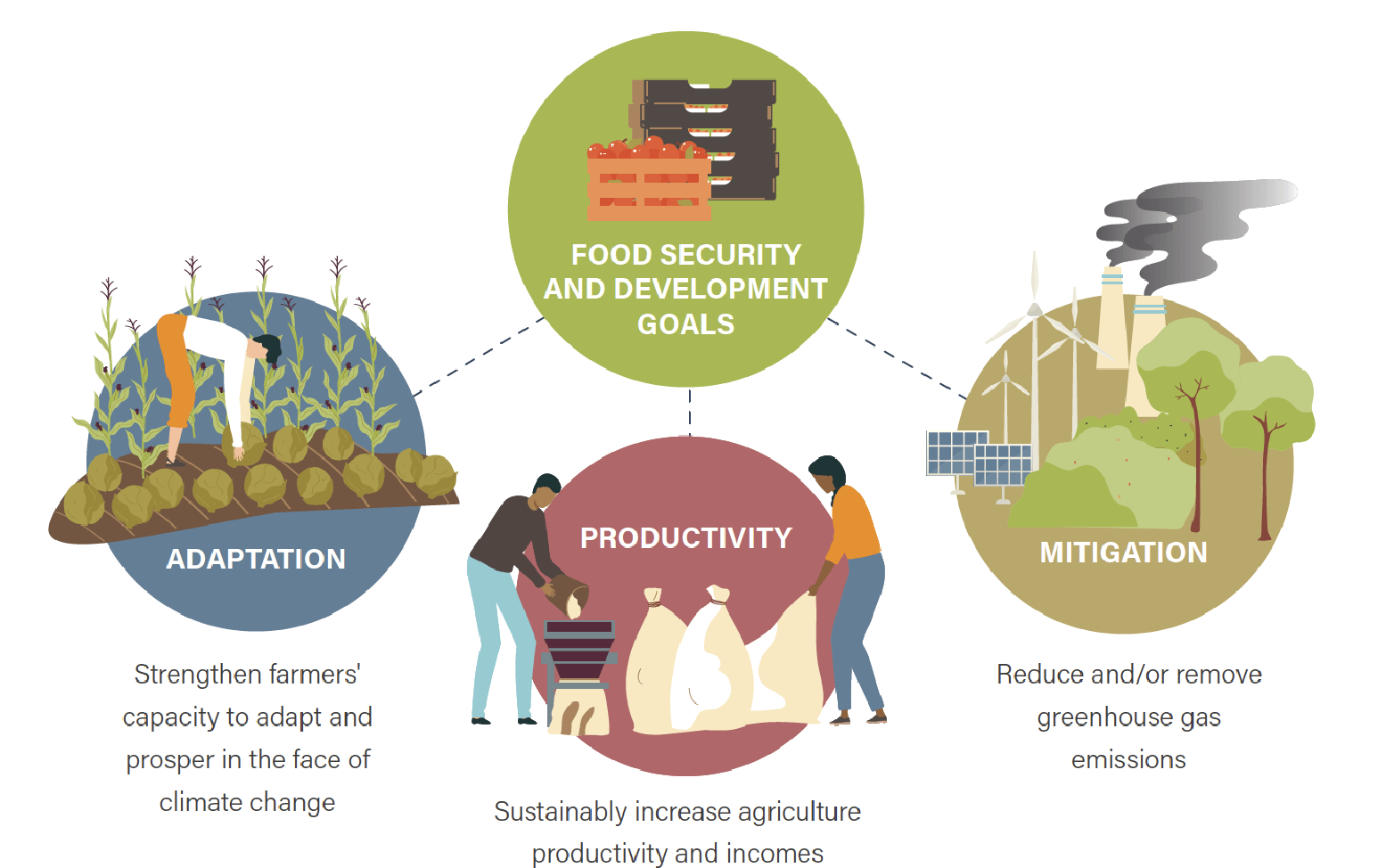
UNESCO State of Ocean Report 2024
Subscribers of "Current Affairs" course can Download Daily Current Affairs in PDF/DOC
Subscribe to Never Miss an Important Update! Assured Discounts on New Products!
Must Join PMF IAS Telegram Channel & PMF IAS History Telegram Channel
- Context (DTE): The oceans are crucial for climate regulation, but our understanding is insufficient to address various ocean crises and validate carbon dioxide removal technologies: UNESCO Report.
- The report aims to monitor the progress of the UN Decade of Ocean Science for Sustainable Development (2021-2030) and to mobilise global action towards achieving a sustainable ocean.
Findings of the Report
Ocean Heat and Warming
- The upper 2,000 meters of the oceans have warmed at a rate of 0.32 ± 0.03 watts per sq.m. from 1960 through 2023 and are expected to continue warming, leading to irreversible changes.
- About 90% of the Earth’s energy imbalance (the difference between incoming and outgoing energy) is being absorbed by the oceans, resulting in a cumulative increase in ocean heat content (OHC).
- Increased OHC may prevent ocean layers from mixing, lowering the oxygen content of near-surface high-latitude waters reaching deeper layers, a process known as deoxygenation. However, it is still unclear whether deoxygenation is accelerating in response to increased OHC.
- Deoxygenation negatively impacts marine ecosystems and coastal communities reliant on oceans.
|
Ocean Acidification
- The report highlights the mean global increase in ocean acidification in all ocean basins and seas.
- Coastal waters can turn acidic due to
- Natural processes (freshwater influx, biological activity, temperature change and ENSO) and
- Human activities (nutrient input from agricultural and industrial activities)
Marine Carbon Dioxide Removal (mCDR) Technologies
- mCDR technologies capture carbon dioxide from the air and store it durably.
- These techniques, such as altering seawater chemistry or adding nutrients to promote plankton growth, face technical, environmental, and regulatory challenges.
- The ocean absorbs around one-quarter of the annual emissions of anthropogenic CO2.
Marine Biodiversity
- The UN 2030 Agenda for Sustainable Development emphasises marine biodiversity protection for sustainable food security, which aligns with the Kunming-Montreal Global Biodiversity Framework‘s goal of protecting 30% of the ocean by 2030, focusing on conservation and sustainable resource use.
- 50% of all catalogued marine species are reported in Marine Protected Areas (MPA), which occupy only 9% of the ocean. 72% of species facing extinction find refuge in MPAs, with 54% in no-take zones.
|
Case Study: Marine Protected Area (MPA) Success in the Coral Triangle
- The Coral Triangle is a marine region in Southeast Asia known for its high marine biodiversity.
- Initiative: Establishment and management of a network of Marine Protected Areas (MPAs) in the Coral Triangle to conserve coral reefs, fish populations, and other marine species.
- The MPA network has led to the recovery of coral reefs, increased fish populations, enhanced biodiversity within the protected areas, and benefitted local communities through sustainable practices.
- Key Strategies include collaborative governance involving local communities, government agencies, and conservation organisations, enforcement of fishing regulations, and community engagement.
- The success of the MPA network in the Coral Triangle highlights the importance of community involvement, effective management strategies, and long-term commitment to conservation efforts.

Credits: Wikipedia







![PMF IAS Environment for UPSC 2022-23 [paperback] PMF IAS [Nov 30, 2021]…](http://pmfias.b-cdn.net/wp-content/uploads/2024/04/pmfiasenvironmentforupsc2022-23paperbackpmfiasnov302021.jpg)











